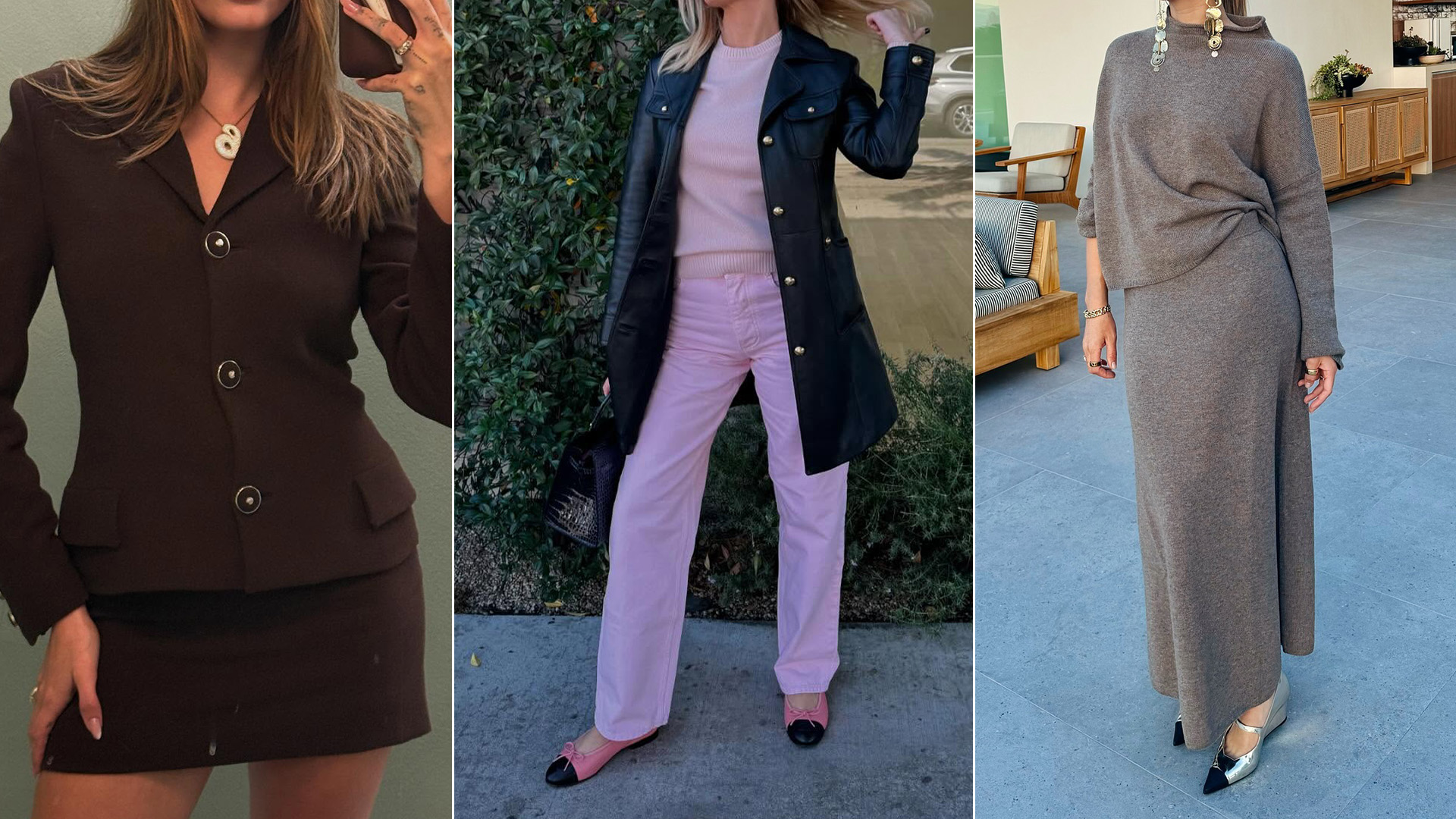

Beauty trends come and go. One of the newest to make waves in the global market is Korean skincare. At times referred to as K-beauty, this trend is all about incorporating enhanced products and multistep treatments that respect your skin. If you’re interested in trying this innovative approach to healthy, radiant skin, here’s what you need to know!
What Makes Korean Skincare Different?
Essentially, what makes Korean skincare stand apart from other approaches is that it focuses on prevention and protection instead of “undoing” damage with products that strip the skin’s natural barrier with harsh ingredients.
It approaches skin health by working with your skin’s natural ecosystem through a series of cleansing, hydration, nourishment, and protection. The goal is to allow your skin to thrive naturally through consistent, dedicated care, rather than using a product to help it recover.
Another differentiating element is how K-beauty became so popular. Although it originated from skin regimens many Koreans traditionally followed, it has gradually evolved as modernistic research and competing brands drove innovation even further. As numerous brands introduced new products and the routines were modified, Korean skincare grew into a self-care philosophy that has captured the attention of people worldwide.
Hydration Is Key
What makes this approach so effective? One of the leading components to the skincare routine is hydration. When multiple hydrating products are layered, it helps them to better penetrate the skin, making them more effective.
The results are plumper, younger-looking skin that has a natural glow. It’s from this smooth, clear, and intensely hydrated complexion that the term “glass skin” developed in the Korean beauty world, as the skin acquires an almost transparent appearance.
There Are Various Skincare Routines
Depending on the routine, there may be 5, 7, 10, or 12 steps. However, all start with the traditional double cleanse and include moisturizers as these are core components of Korean skincare. Seeing lasting results isn’t necessarily about following a strict number of steps but tailoring a routine to best fit your skin’s needs. For that reason, it’s common to adjust up or down depending on preference, budget, and the time you have to spend.
For those just getting started, it’s recommended to do the most important and basic steps every morning. These include using an oil-based cleanser, water-based cleanser, toner, moisturizer, and SPF product in that order.
As morning and night routines don’t need to be the same, it’s common to save longer routines for the evenings and focus on moisturizing and protecting the skin from the sun in the morning.
Laying Out a 10-Step Routine
The most common and widely used method for Korean skincare is the traditional 10-step routine. It follows these steps in this specific order:
Step 1.
First, use an oil-based cleanser to remove all the oil-based impurities from your skin. The goal is to remove SPF, makeup, and your body’s natural sebum without stripping the other healthy oils from your face.
Step 2.
Then, use a water-based cleanser. Often in the form of a foaming liquid or bar, this product is needed to eliminate the remaining impurities, such as sweat and dirt, left behind by the oil cleanser.
Step 3.
Only done once or twice a week, the next step would be to use an exfoliant. This product — whether it’s a scrub, peel, or pad — helps get rid of dead skin cells and buildup.
Step 4.
The next product in the routine is a toner. It’s used to restore your skin’s pH balance as well as bring moisture back to the skin.
Step 5.
Unique to Korean skincare, the next product is an essence that is meant to hydrate and protect your skin. Essences are similar to serums and toners, but they feature fermented ingredients.
Step 6.
Now it’s time to incorporate a treatment in the form of a serum. Generally, these are used to focus on repairing a specific problem and may contain highly concentrated ingredients meant to target wrinkles, acne, etc.
Step 7.
The next step is to lay a sheet mask — a serum-soaked paper sheet — across the face. Much like exfoliants, they don’t need to and shouldn’t be done every day.
Step 8.
Then, an eye cream is used to help reduce darkness, puffiness, and fine lines in the thin, sensitive skin around the eyes. It doesn’t have to be a cream as eye gels and oils are common alternatives.
Step 9.
Very important, the second to last step is to apply a Korean moisturizing cream. Such moisturizers act as a sealant to ensure all the products are thoroughly soaked into your skin.
Step 10.
Last but not least, a protective SPF should be applied before heading out for the day. Although many makeup products and moisturizers have built-in SPF, it’s crucial to include this last step to be adequately protected against the damaging effects of the sun.
Practicing Self-Love Through Korean Skincare
Do not let the number of steps become overwhelming. Once you are in the groove of following the ones that are best suited for you, this soothing, self-care ritual can transform into a form of self-love you won’t want to live without.
Want to learn more about the ingredients found in Korean skincare? Check out the accompanying resource from SeSpring!






